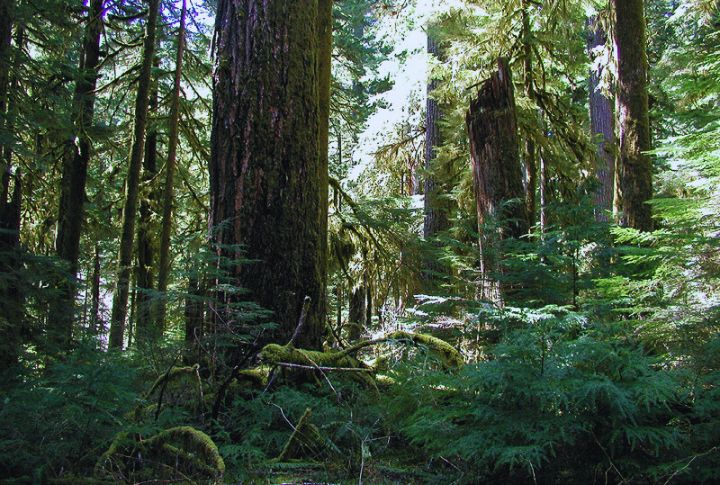
Imagine stumbling upon a forest so old it dates back 385 million years! The trees must be humongous, right? Well, that’s precisely what researchers discovered in Cairo, New York. Let’s take a closer look at this incredible discovery and what it reveals about the Earth’s ancient ecosystems and climate.
Discovery Process

The discovery of the Cairo forest was no small feat! Researchers from SUNY Binghamton and Cardiff University excavated the site to unearth fossilized roots and trunks. Their curiosity, dedication, and passion for understanding ancient life have opened up new avenues for research and groundbreaking discoveries.
Historical Context
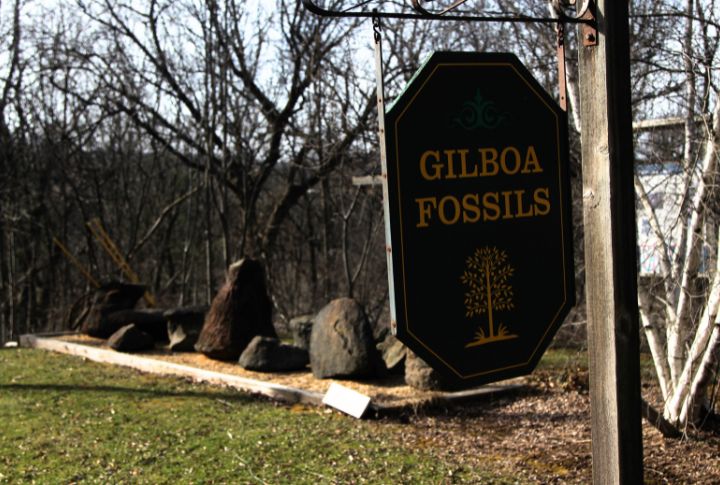
Before the Cairo forest was discovered, the Gilboa forest, which dates back about 386 million years, was the oldest known forest. Scientists thought that the trees were the pinnacle of ancient forest evolution. But the Cairo discovery flips that idea by revealing more advanced trees like Archaeopteris existed earlier.
Geological and Ecological Significance
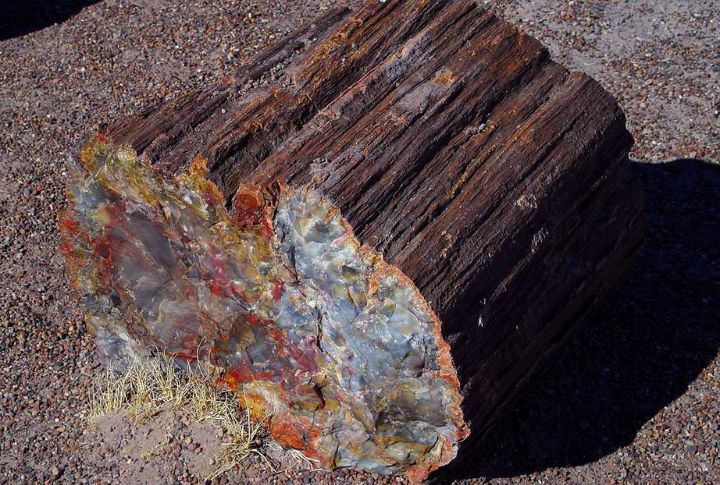
The Cairo forest offers a fascinating glimpse into life during the late Devonian period, preserved in a unique geological setting. Their fossilized roots and trunks reveal a once-thriving ecosystem. By studying these remains, scientists can piece together the ecological dynamics of ancient forests.
A Tropical Past

Research suggests that the region where the Cairo Fossil Forest is located was once a tropical area near the equator. This discovery provides valuable insight into how continental drift has influenced the development of today’s ecosystems and climates over millions of years.
Carbon Dioxide Reduction
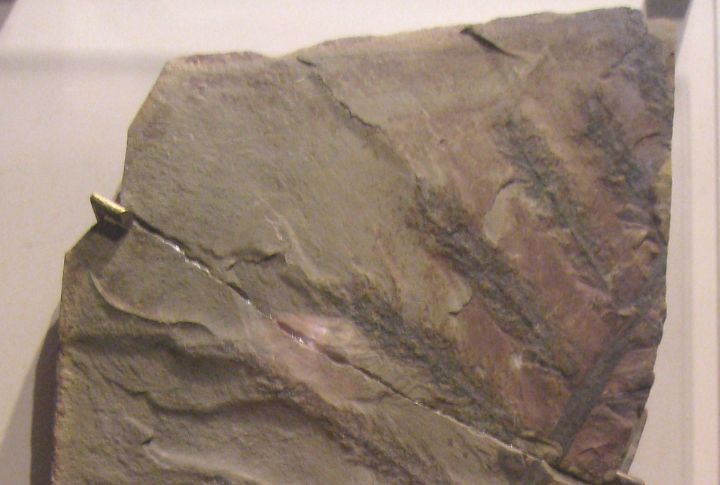
One of the most intriguing things about the Cairo forest is how it helped lower CO₂ levels in the atmosphere. Notably, the Archaeopteris tree’s deep roots broke down rocks and caused reactions that trapped carbon. The process significantly lowered CO₂ levels, which were once 10 to 15 times higher than today.
The Tree That Changed Everything: Archaeopteris
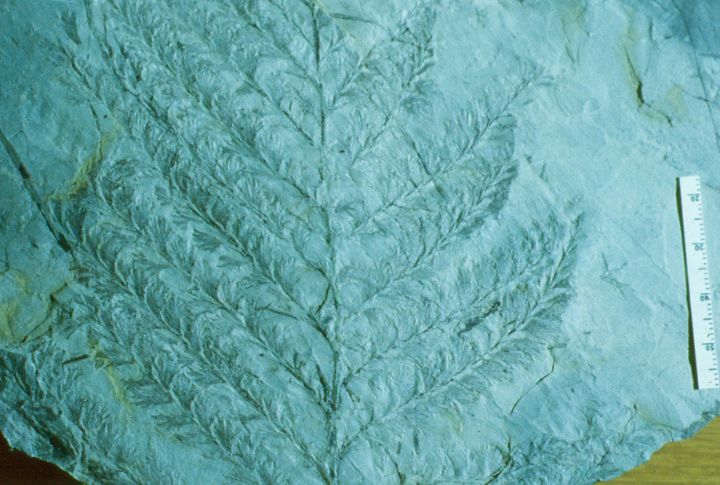
Archaeopteris was a true game-changer in the world of ancient trees. With its large, woody roots and broad leaves, this was one of the first trees to look like those we see today. Beyond a cool look, it significantly altered the Earth’s atmosphere by pulling carbon dioxide from the air.
Adaptations and Survival
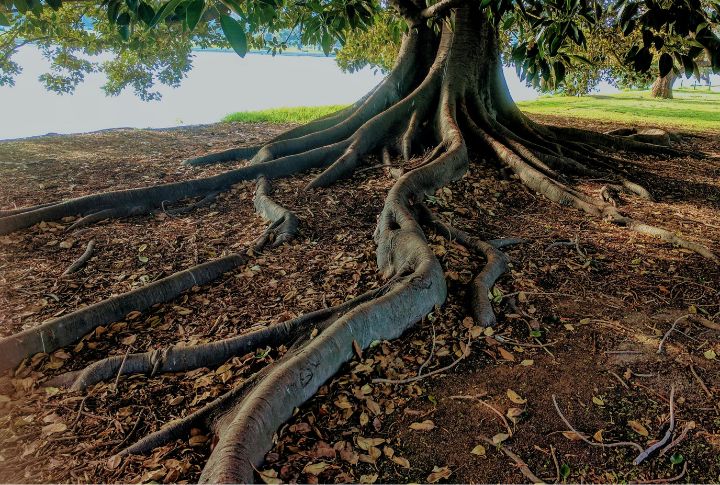
Archaeopteris trees exemplify how resilient life can be. These trees could withstand harsh conditions and compete with other species for resources. Their extensive root systems helped hold the soil in place, prevented erosion, and created a stable home for many organisms.
Evolutionary Relationships
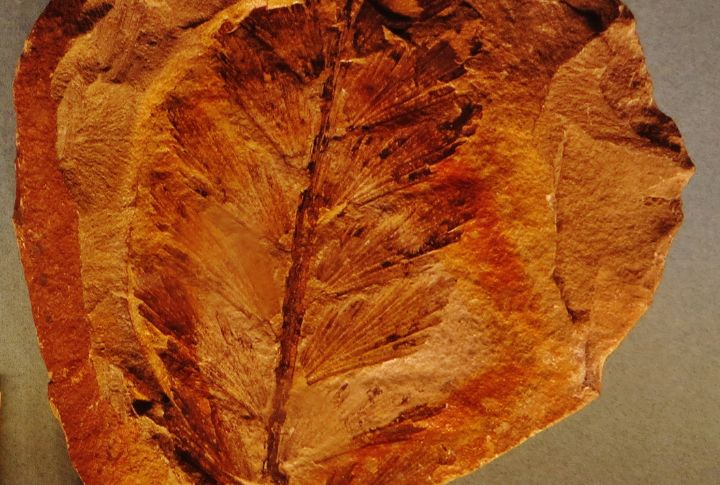
Studying the fossils from the Cairo site allows researchers to trace evolutionary relationships between ancient and modern tree species. The traits observed in Archaeopteris provide clues about how certain features, such as leaf structure and reproductive strategies, developed over time.
Evidence of Catastrophic Events
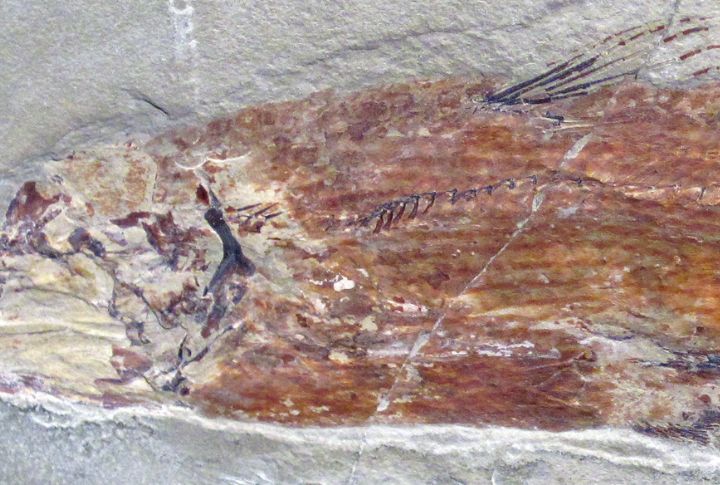
Interestingly, fossils of oceanic fish found alongside tree remains suggest that catastrophic events, such as tidal waves or hurricanes, may have impacted this ancient forest. By studying these ancient events, scientists can better understand the long-term impacts of environmental stressors on ecosystems today.
Future Research Directions

As researchers continue to study the Cairo forest, more discoveries may emerge. Future research may reveal more about the interactions between ancient species and their environments and the evolutionary pathways that led to modern forests. The journey of exploration is far from over, and we can’t wait to see what’s next!
